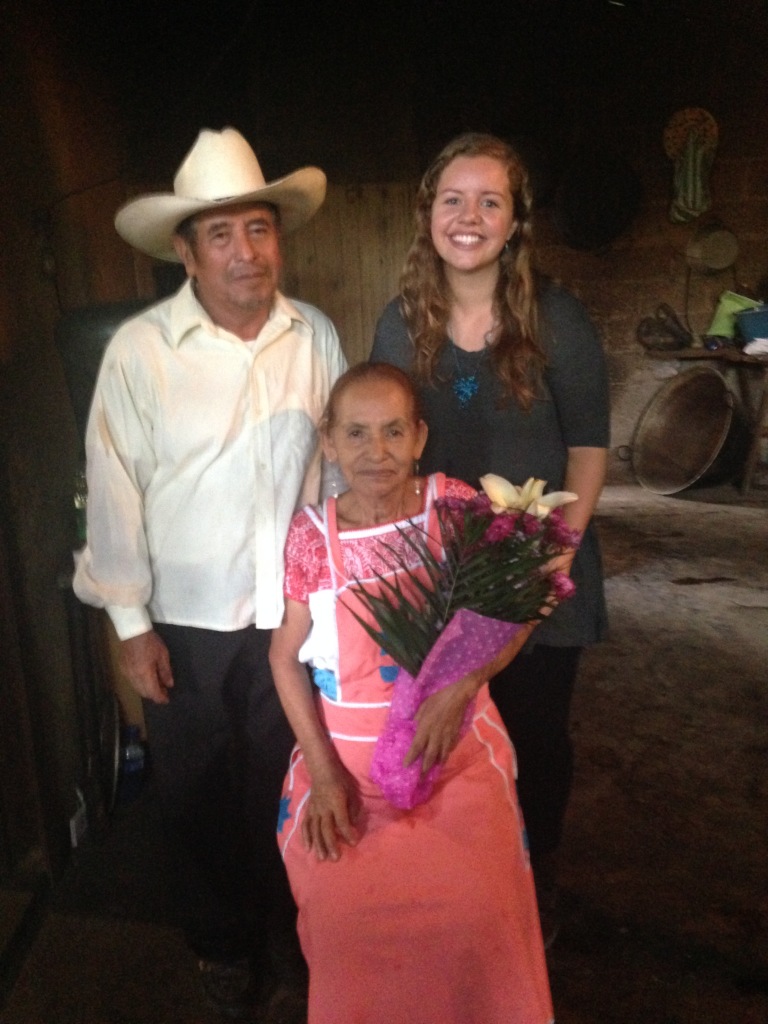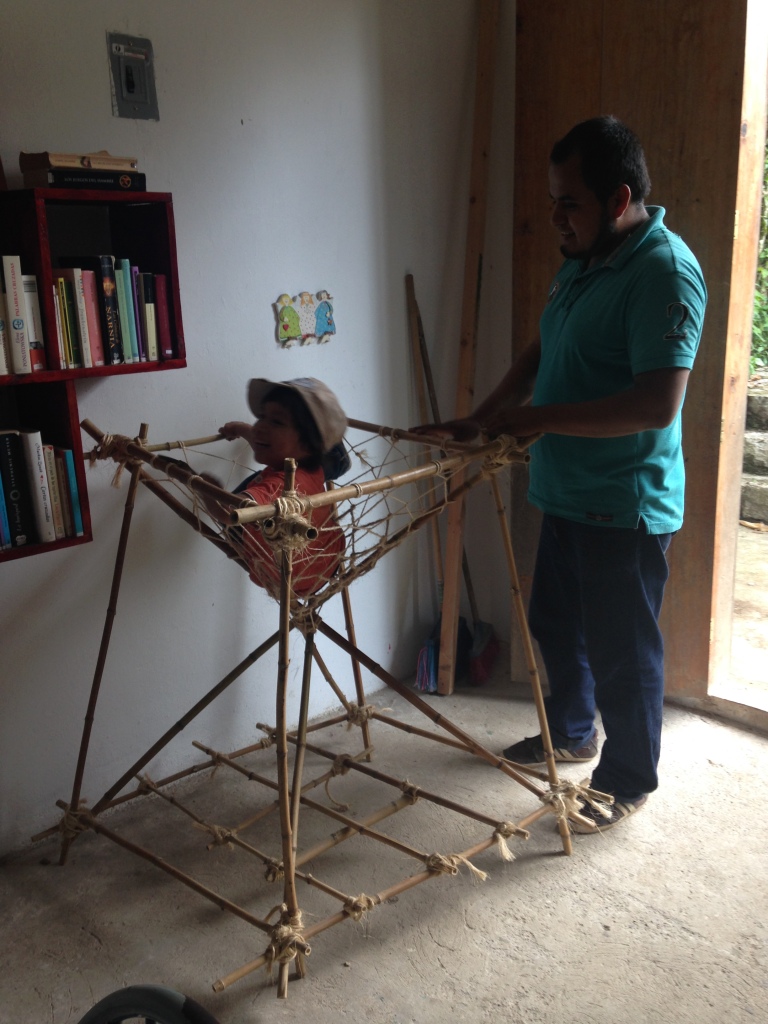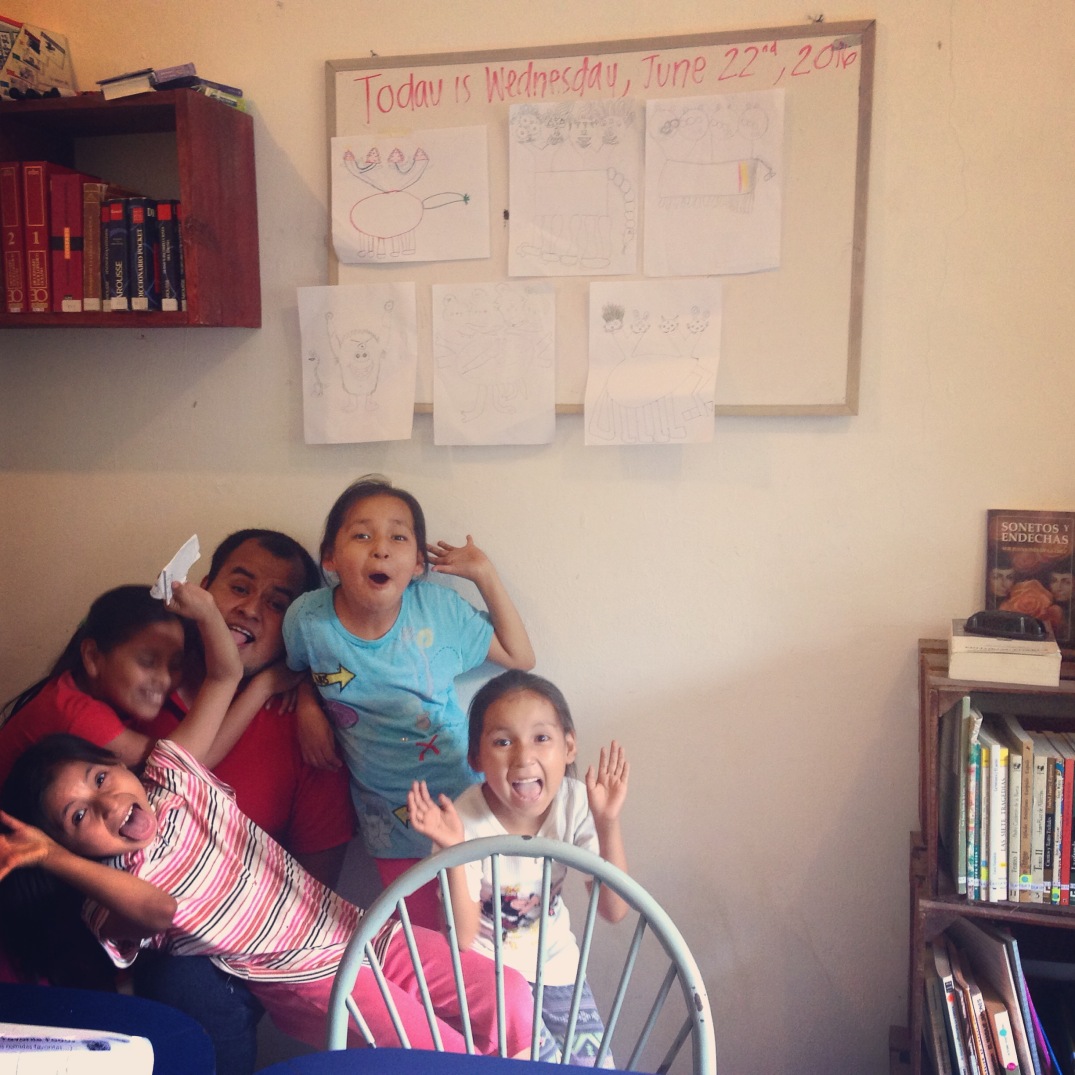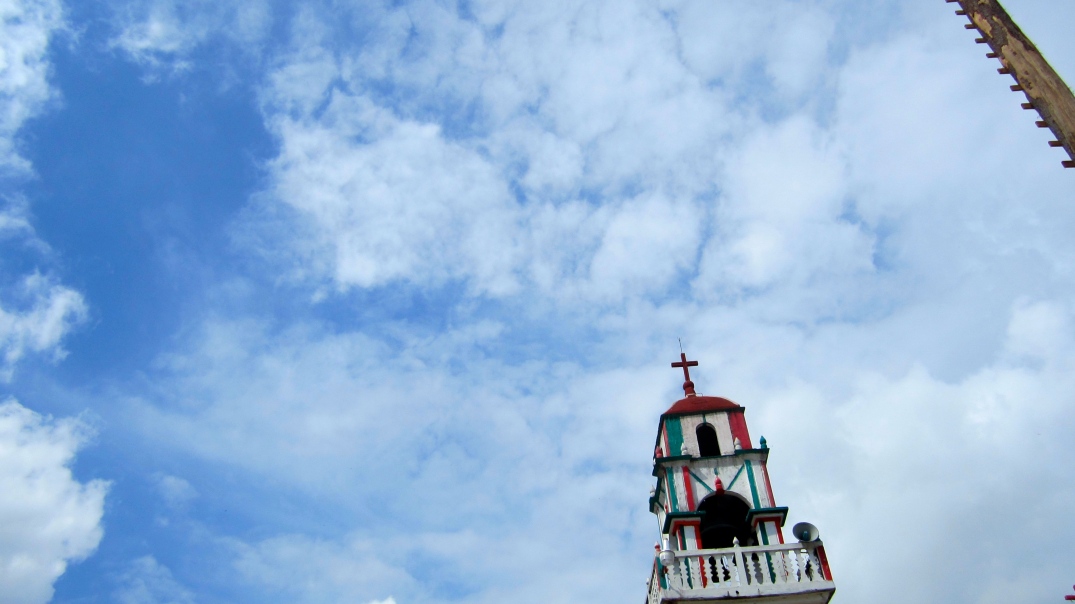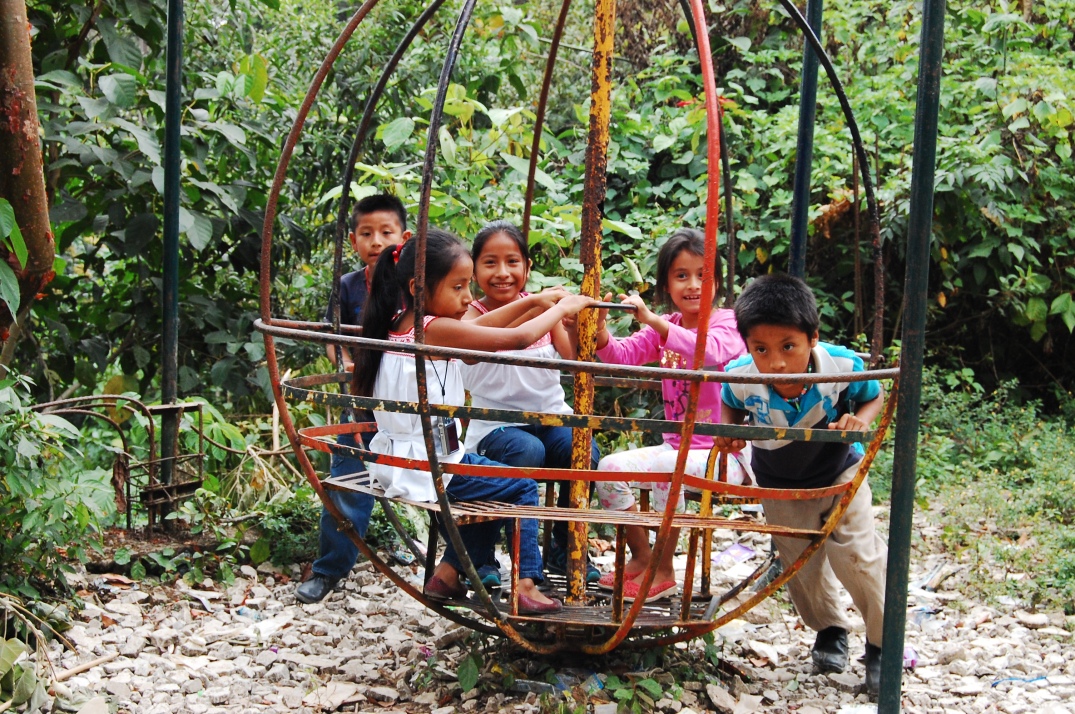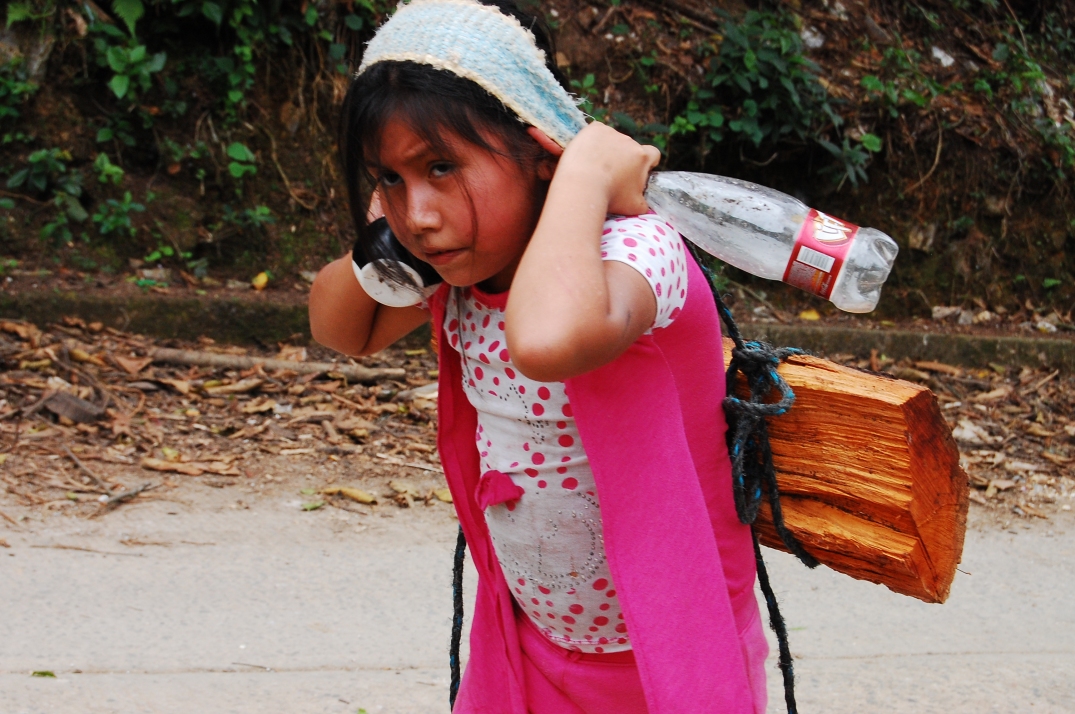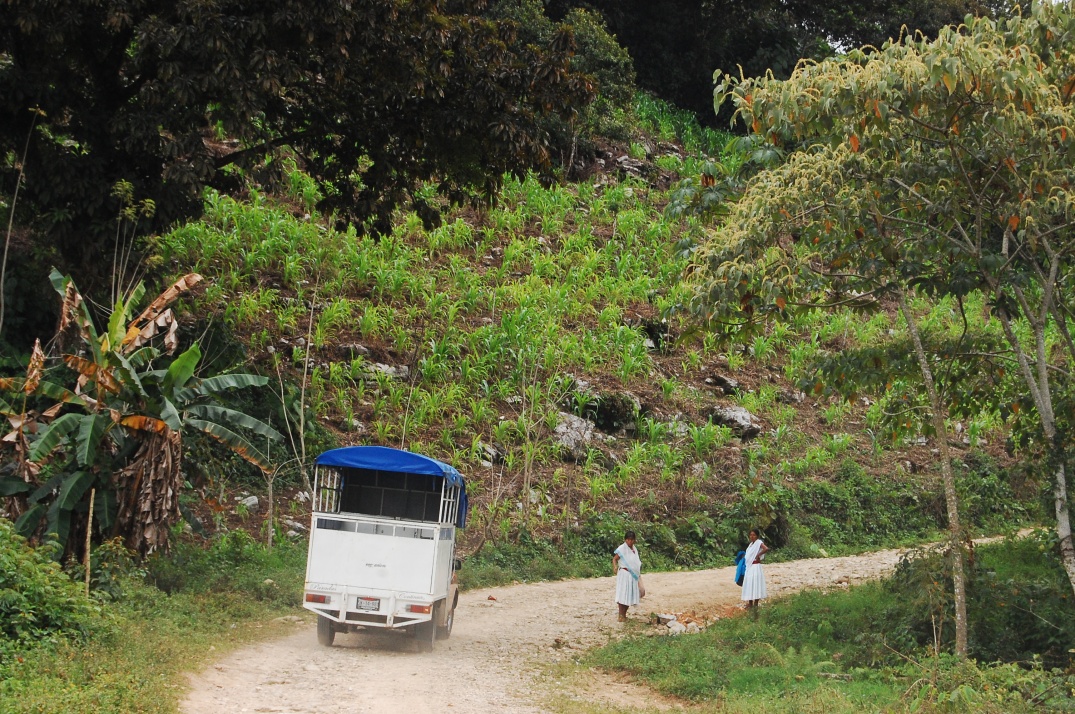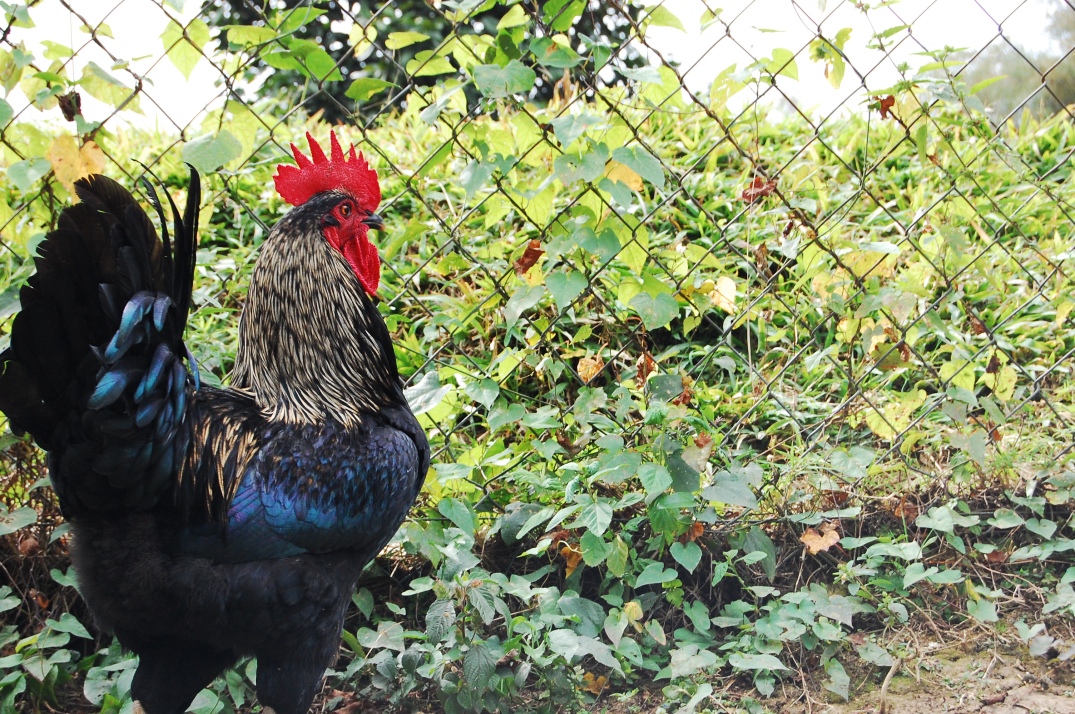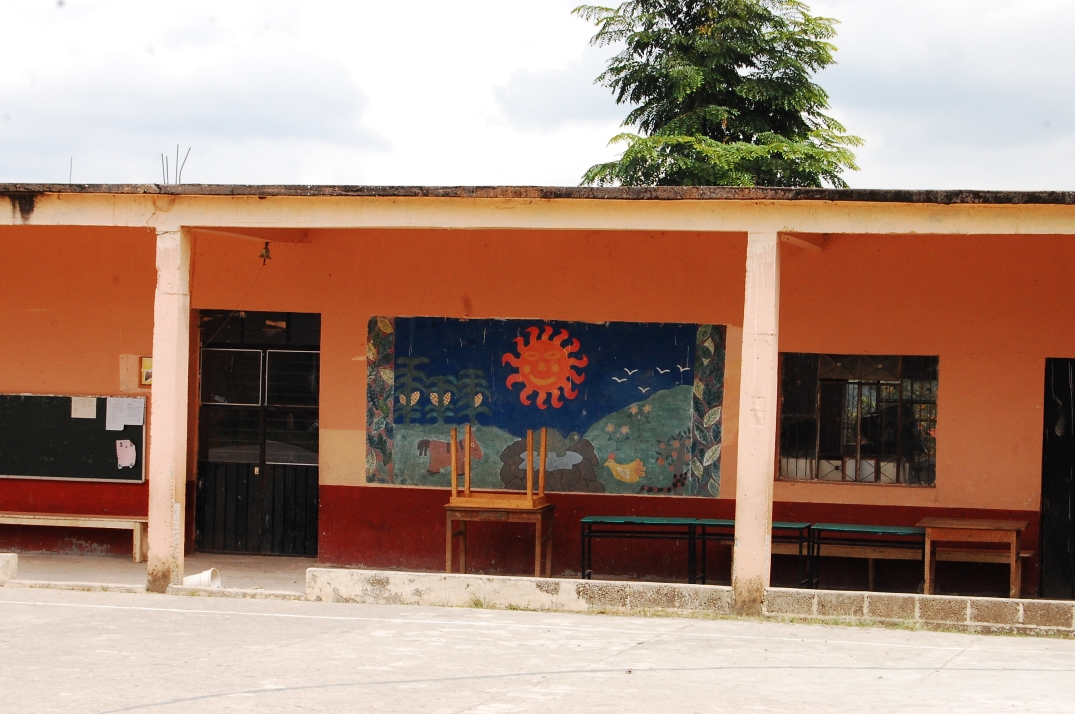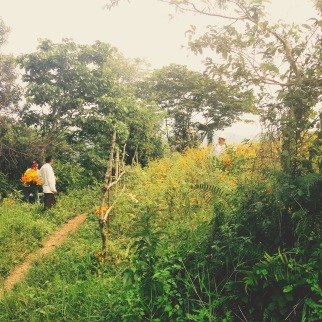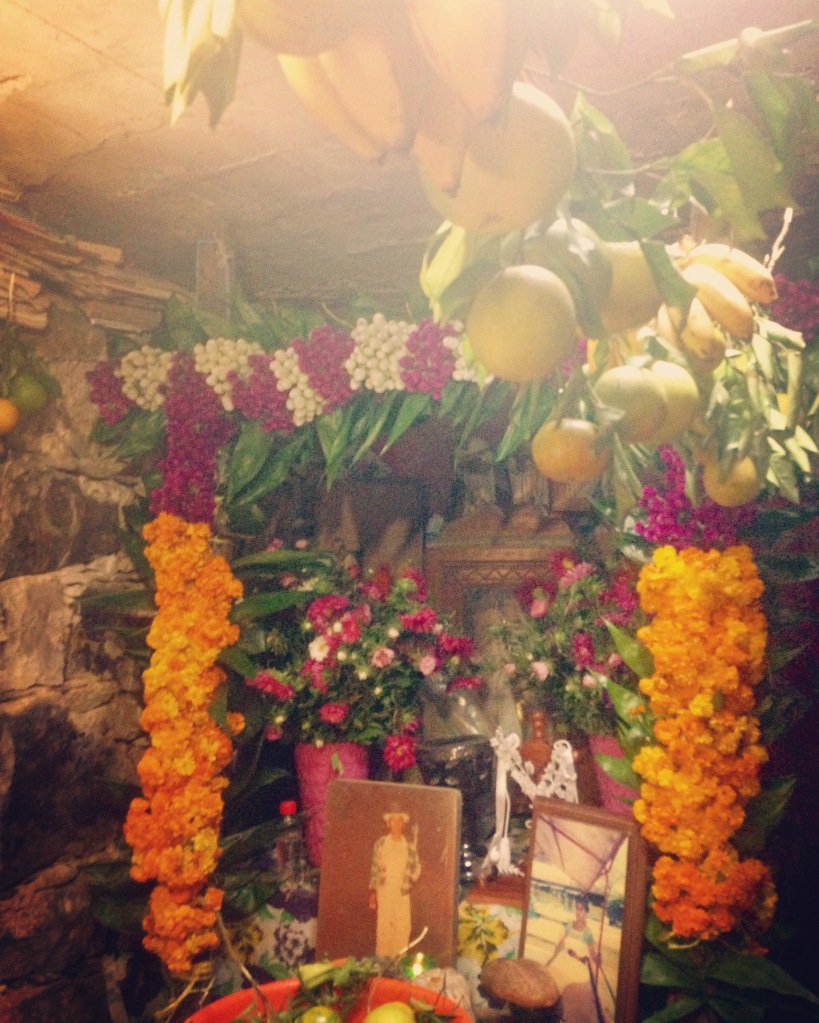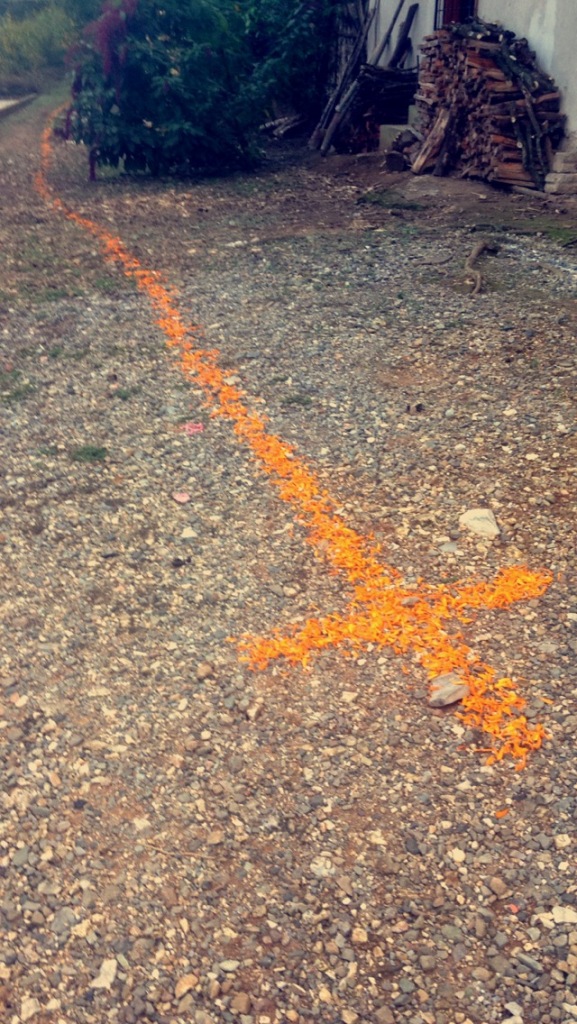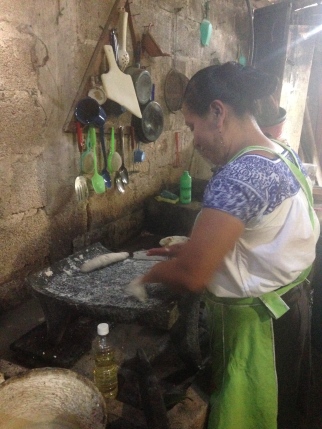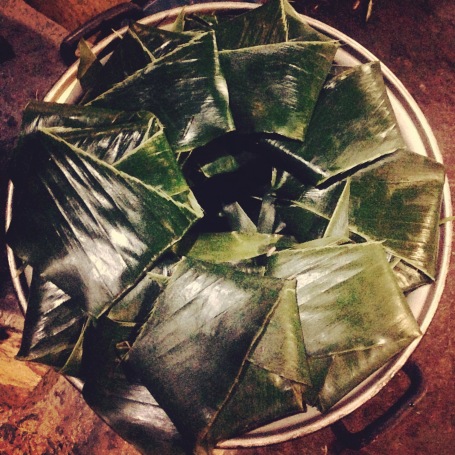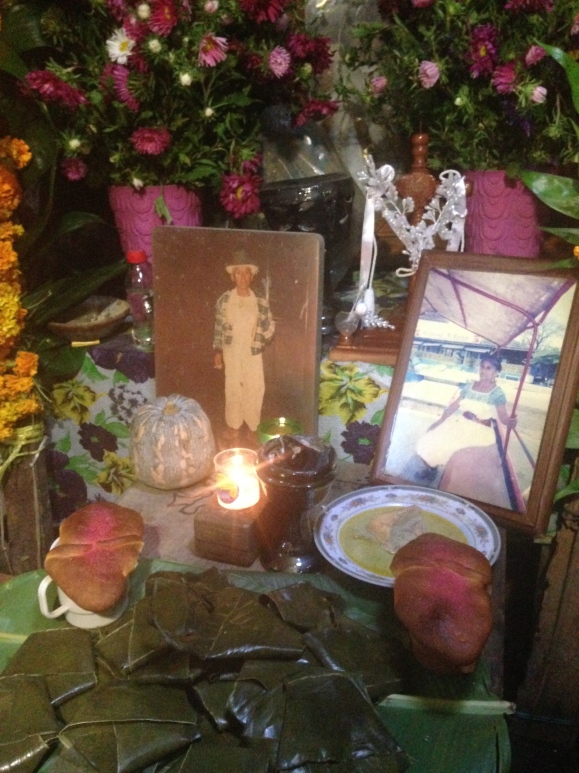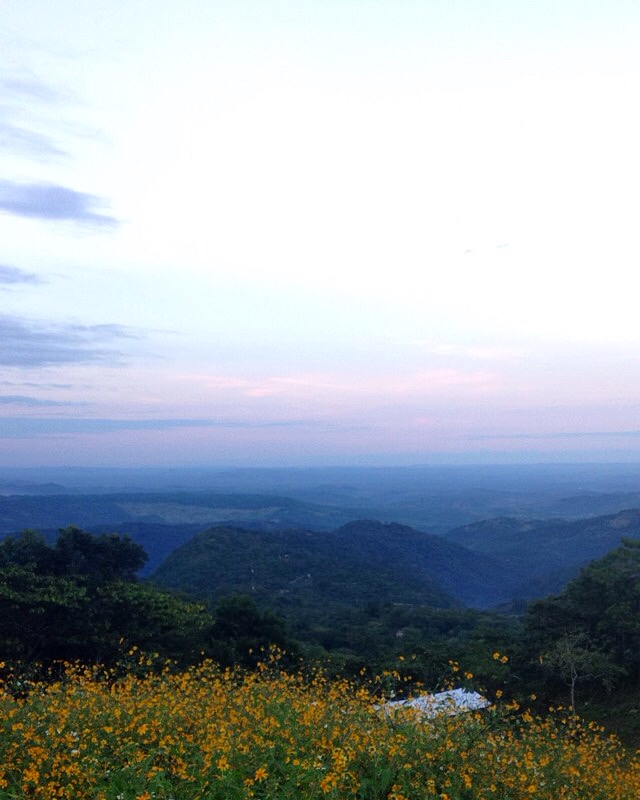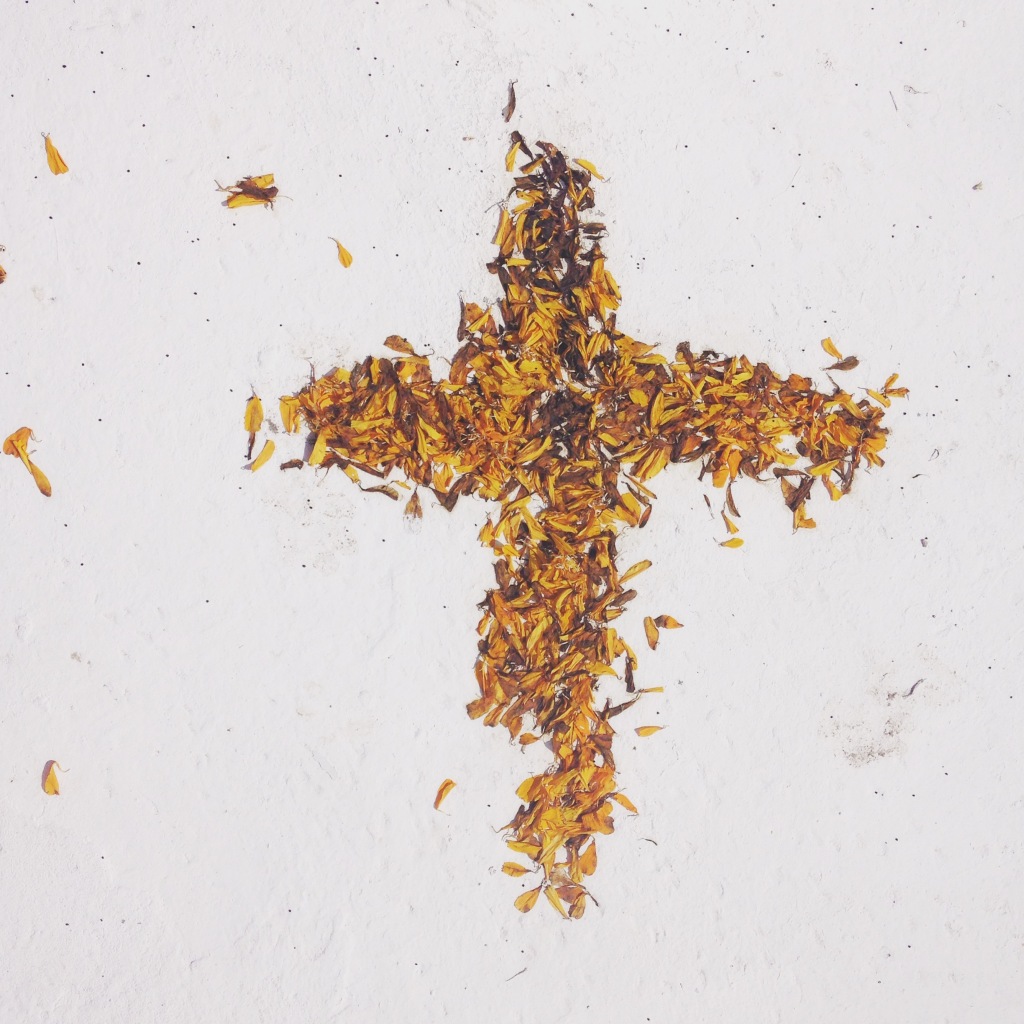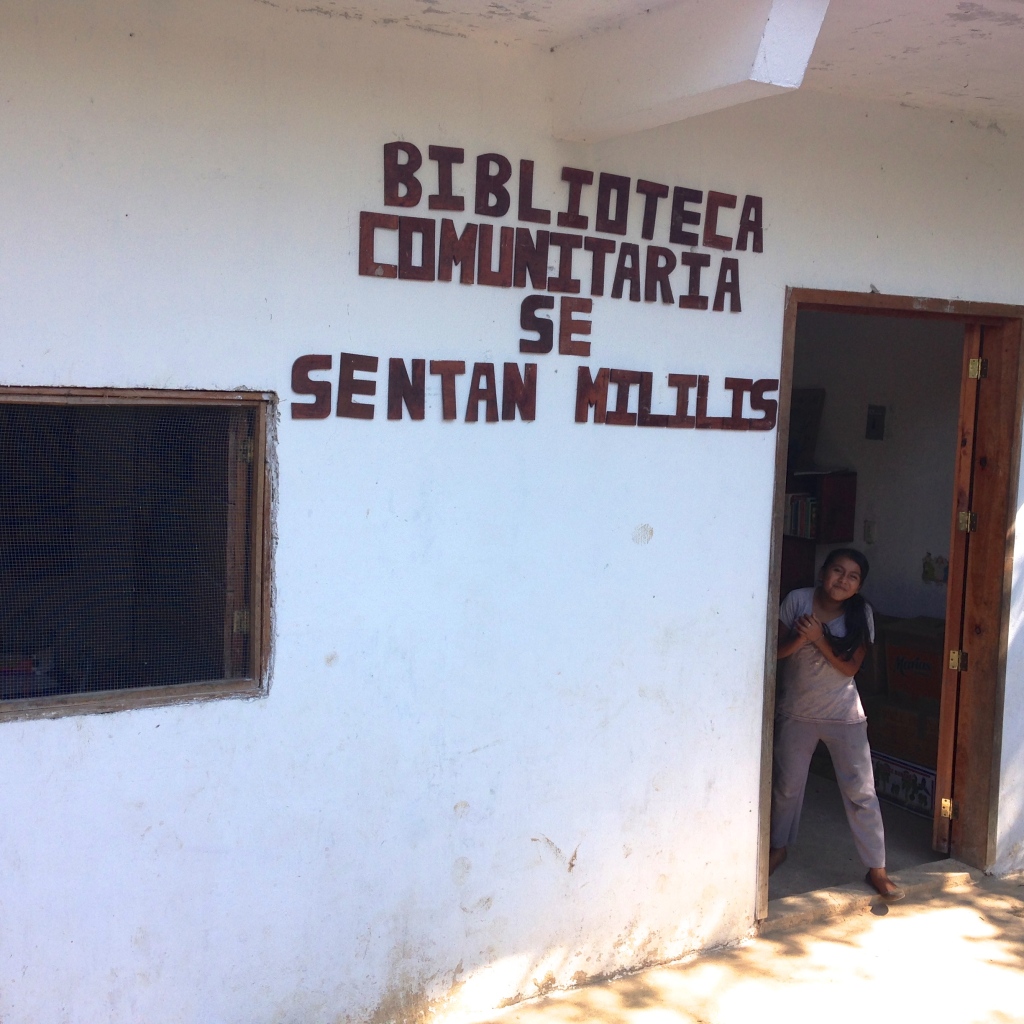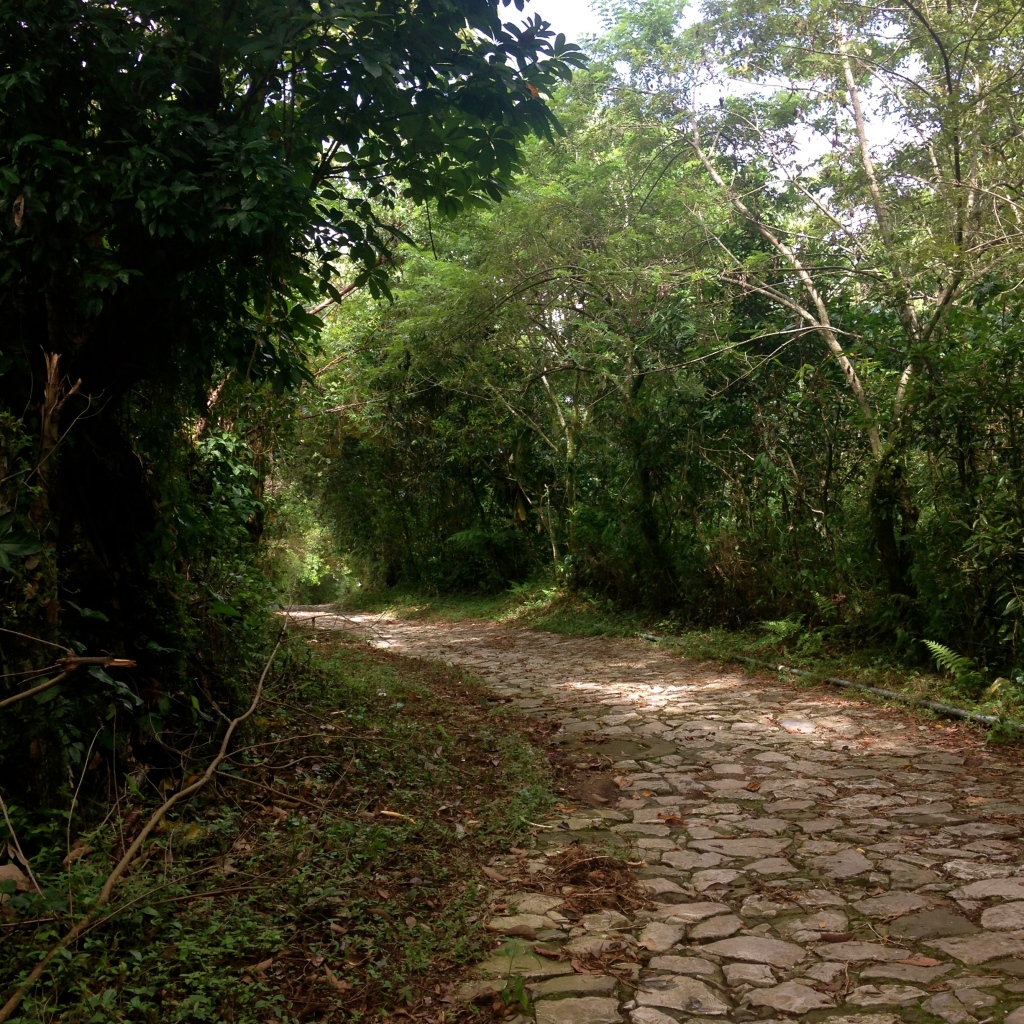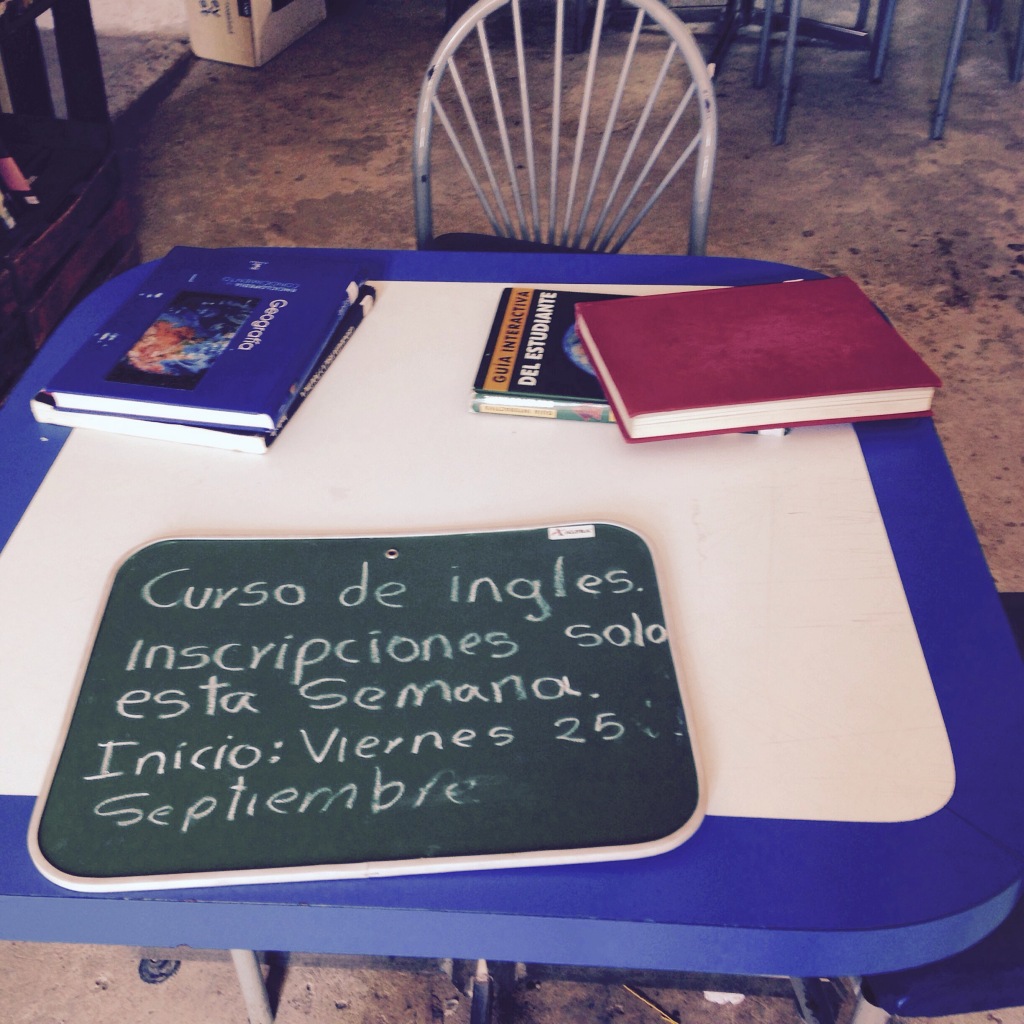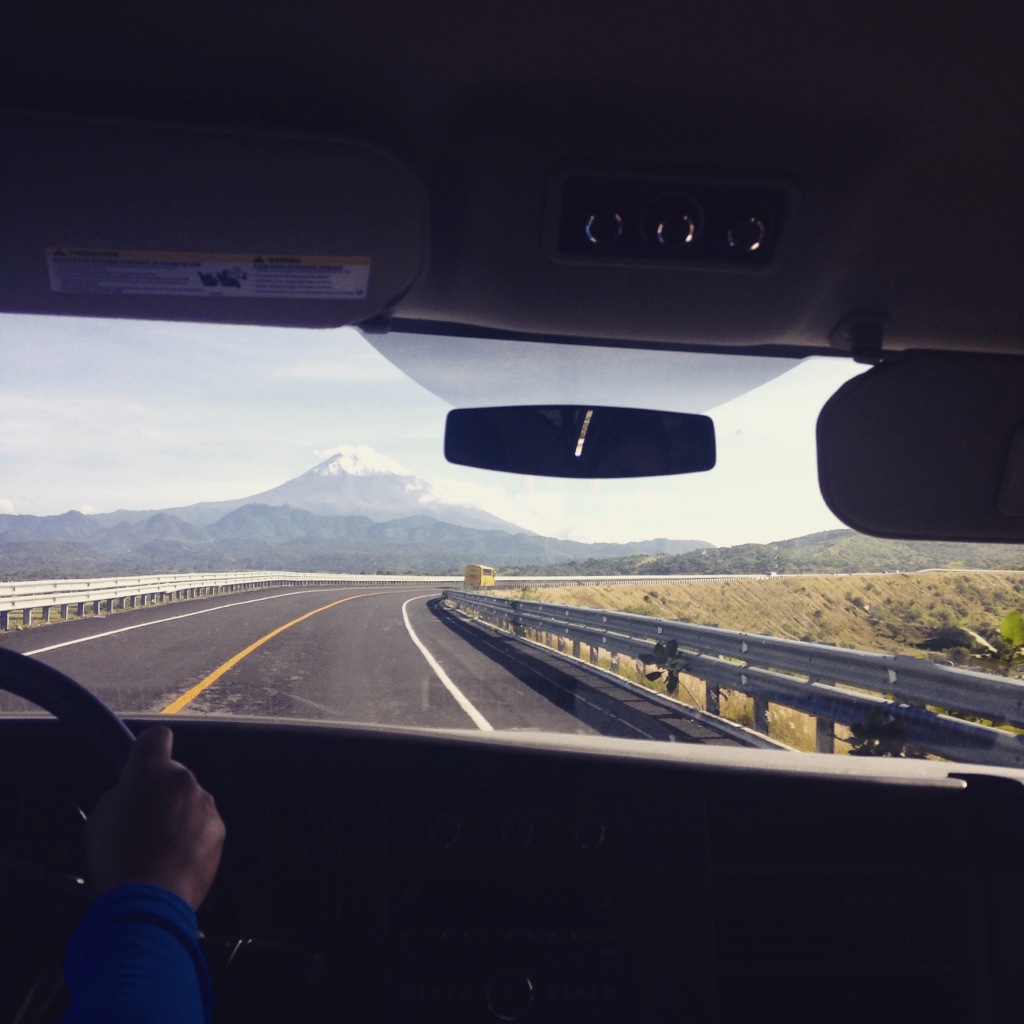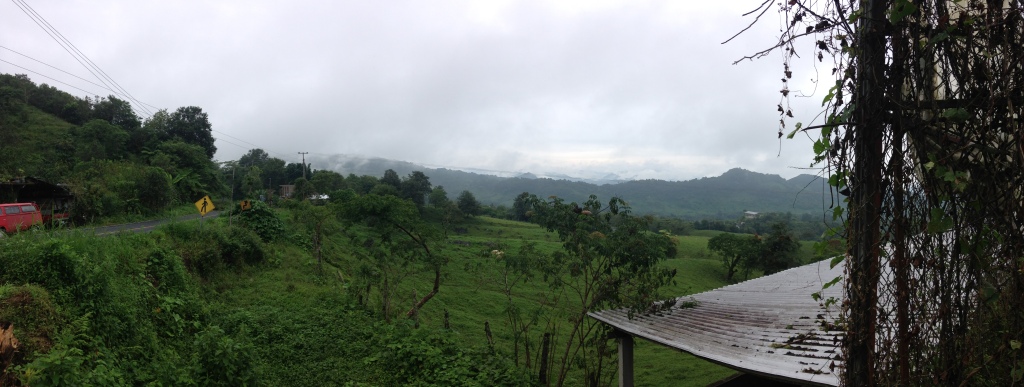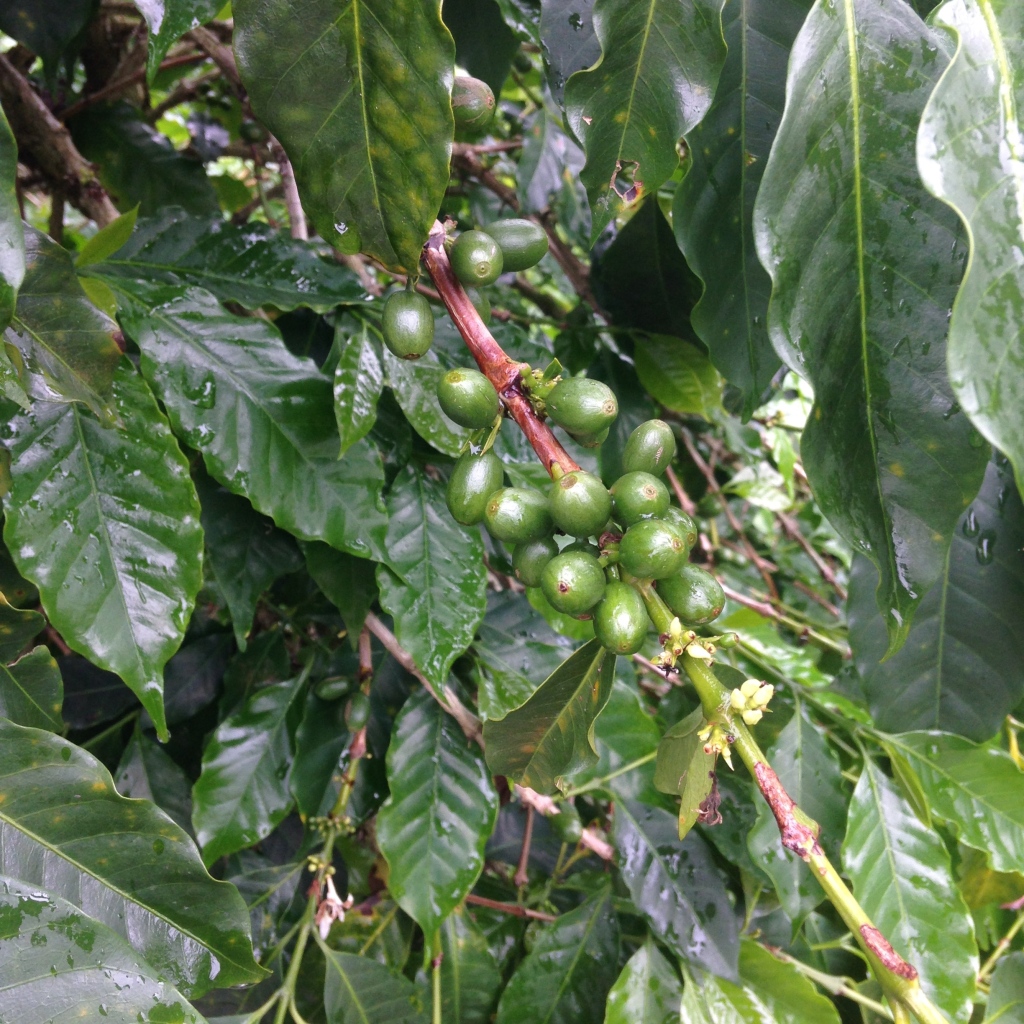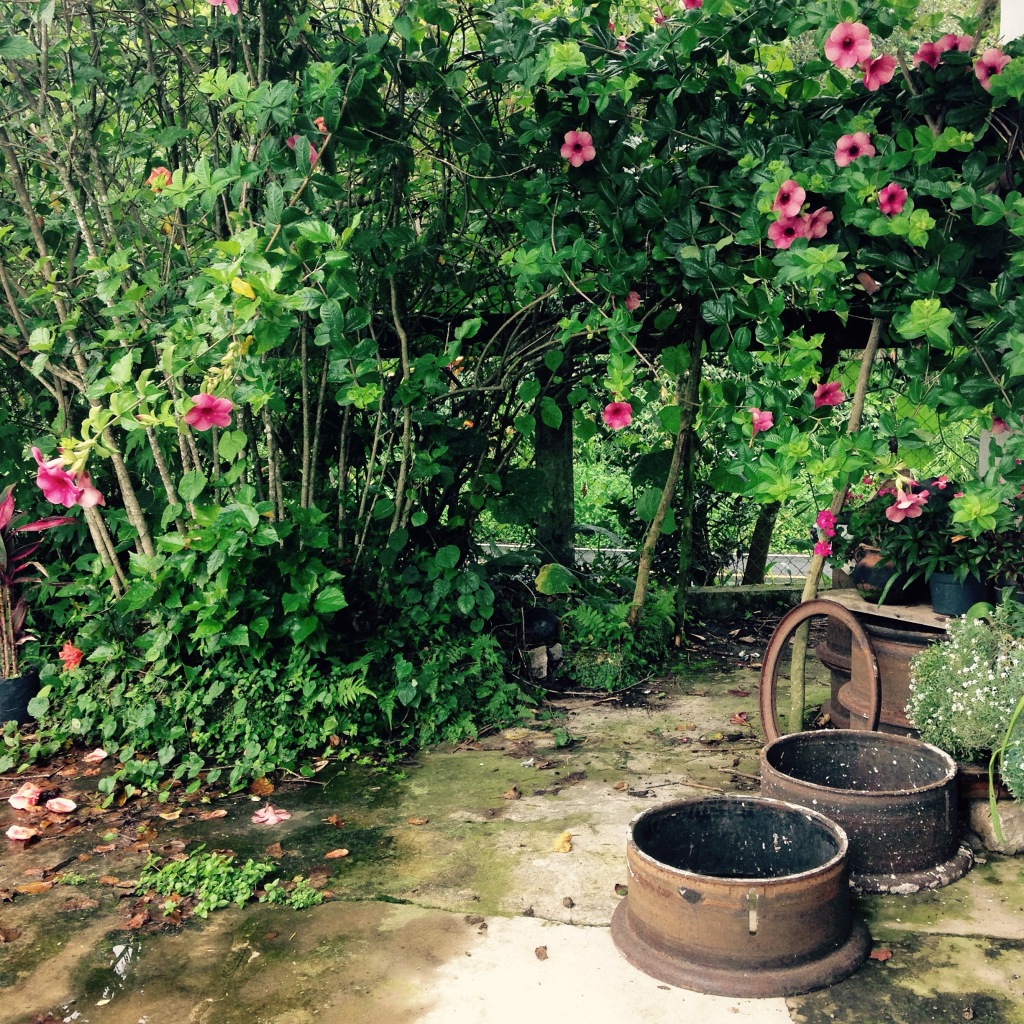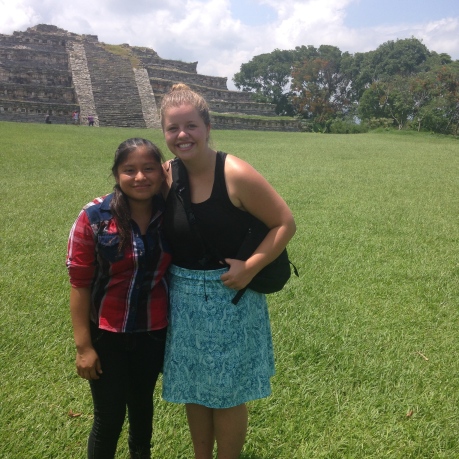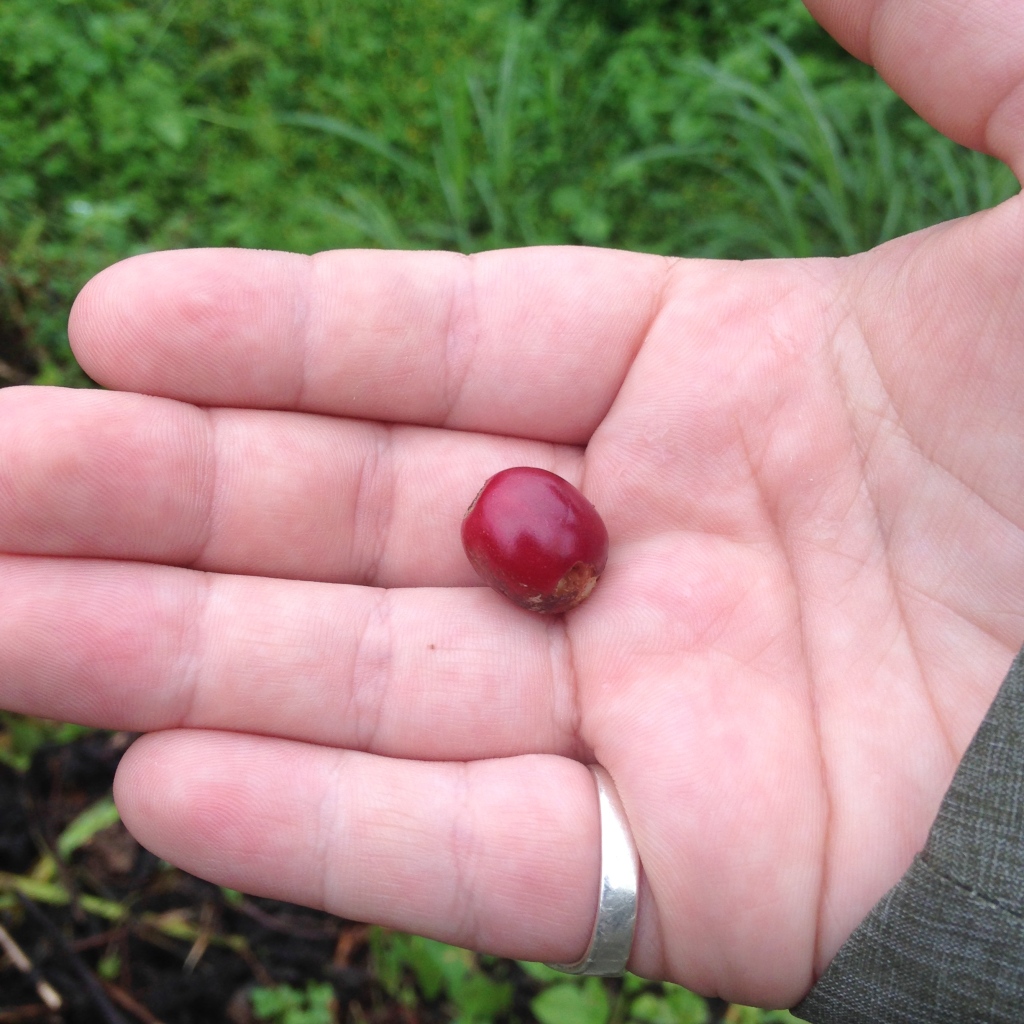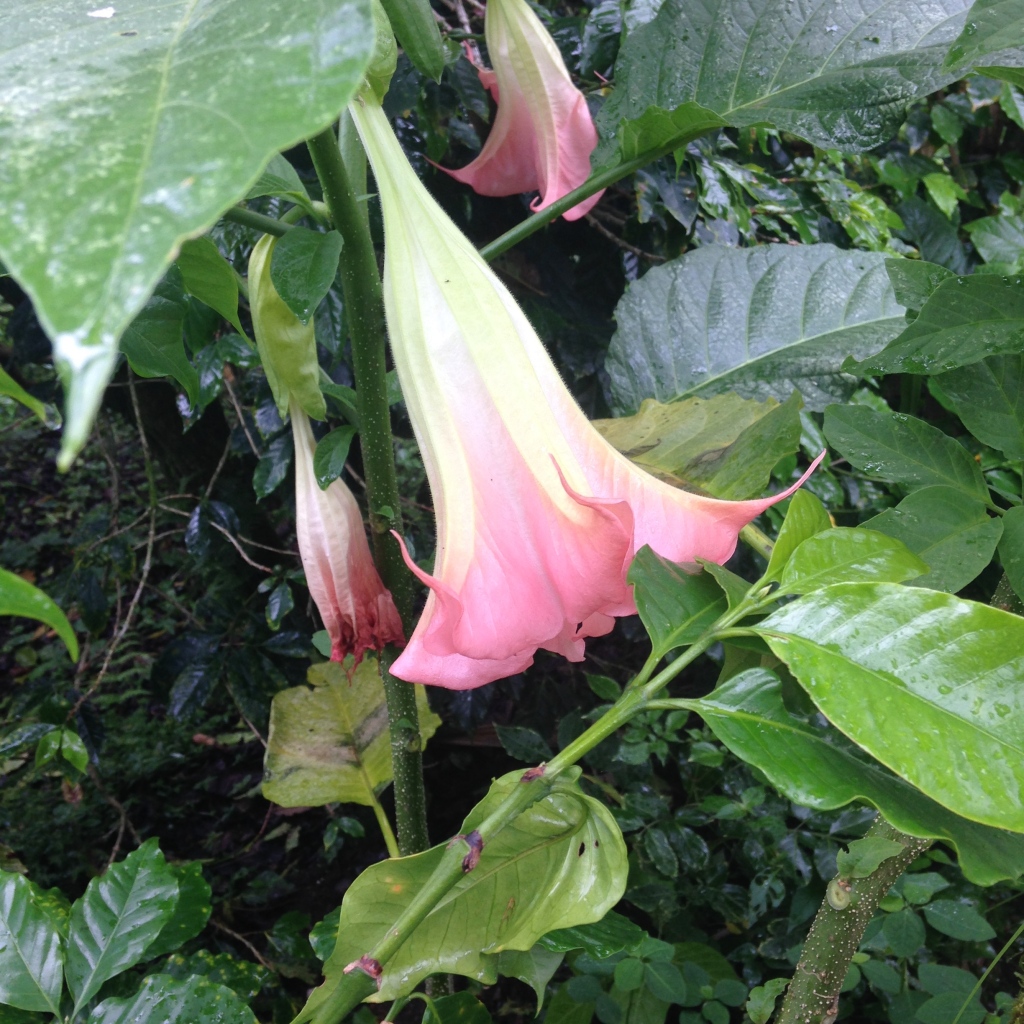I’ve tried and failed many times to write a final post about my YAGM year. The magic words that might tie up that experience and express the gratitude and humility I feel after a year of learning so much from so many different people. But here we are four months after my return to the U.S. and the words have yet to come. I think it’s because I struggle to think this year is over, and in many ways, the lessons of my year abroad are just beginning to unfold and take shape in my life here. I think the truest thing I could say in summary is that what I learned and experienced has no resolution. There is no end. The issues I experienced and witnessed in Mexico continue to happen there as well as on this side of the border, although they may show up looking a little different. Everything is connected. And right now I’m trying to figure out how I fit into all of this.
Last weekend, I got up in front of the community that has raised me, guided me and supported me in every stage of my life thus far, including my year in Mexico. I shared snippets and flashbacks in a reflection about my time abroad that were not easy to share regardless of the situation, and which became even more challenging to expand upon with the results of the elections fresh like a deep, oozing wound. If you’re interested in reading one of my final reflection pieces of writing about the country that altered my world view in the best way possible, please click here.
It’s hard to look the people who you’ve grown up with and tell them how that very community is doing great things, but also failing. I am equal parts proud and ashamed to be from where I am, because I can’t help but demand that we start coming to terms with the fact that white supremacy is hiding out among us. We have not done a good enough job of opening up and listening to what is happening around us. We don’t see bodies being lynched or families being separated by ICE, so we are exempt if it doesn’t happen in our community. ‘We’ve done our part.’ It doesn’t impact us directly so we don’t have to worry about these things.
When I say ‘we’ I’m talking to my white brothers and sisters.
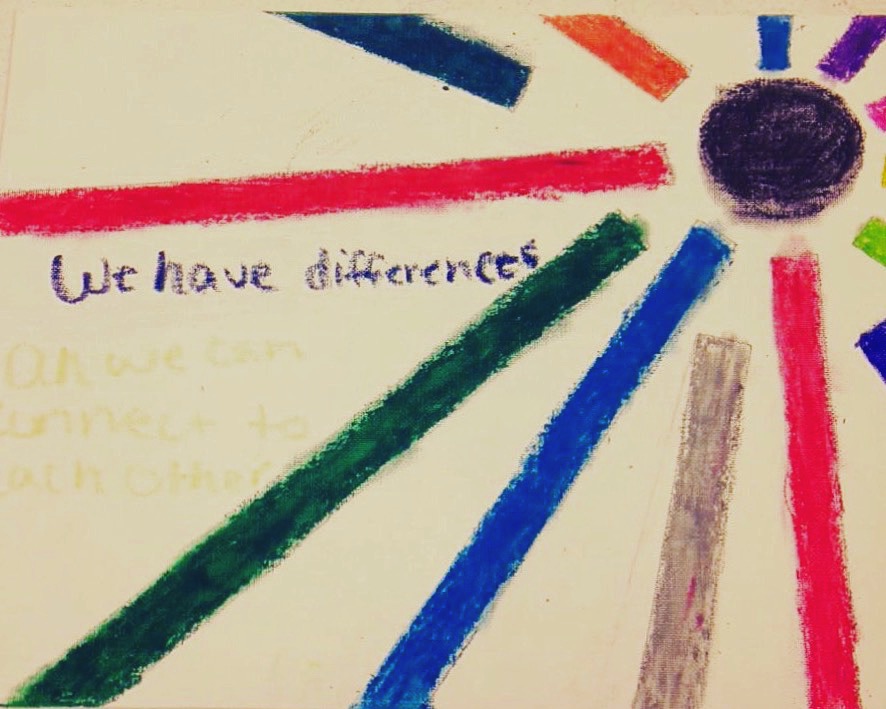
I don’t say this to point fingers and delegate blame, I say this mostly as a reflection of myself: How I have been so quick to write off so many people as I sit here with my liberal arts degree and a world full of experiences at my fingertips to draw from, leaving me with a different perspective, but also a much narrower willingness to listen to those around me in this stage of life: Those who I grew up with in high school who now hold vastly different political views than me. Their parents who voted for a man who puts nearly everyone in my ‘family’ of friends in immediate danger or threatens their well-being significantly. The man in the church pew listening to this very sermon who wanted to explain to me how globalization and policies like NAFTA has benefited the entire world. From his social location, maybe it really seems like it has?
These conversations to me are not appealing. They are headaches when I just begin to think about them, let alone begin to engage in them. But that makes them possibly more essential to have. (Keeping mental health and self care in mind, not every conversation is warranted, but there is something to be said about pushing ourselves outside our comfort zones and being in disagreement with one another, not always in debate.) When we have the privilege to do this without having the same potentially life-threatening ramifications as people of color, immigrants, refugees, members of the LGBTQA+ community, Muslims in our society, we must speak out and act.
When talking about this, I cannot help but think of the words of the Prayer of St. Francis of Assisi we read at worship last Wednesday:
O Divine Master, grant that I may not so much seek
To be consoled as to console,
To be understood as to understand,
To be loved as to love;
For it is in giving that we receive;
It is in pardoning that we are pardoned;
It is in dying to self that we are born to eternal life.
I vow to seek to understand before being understood. To love before being loved. To serve before being served. I still hold true to my convictions and what I believe in, and in that I will never waver. I’m still angry and grieving the results of this election. I will not validate hatred or bigotry, ever.
But I hope in this small shift that we can slowly begin to restore the bonds of humanity that have been so broken, and reconcile the image that God has created for us. And I need to say that we as white individuals are especially called to live out this passage. We are conflicted in who we are and what the roots of our identity signify. I spent a year accompanying the people of Mexico, listening to their life experiences and learning about their culture with an open mind and an open heart. In some ways this was difficult, but in so many ways it was easy to be the objective outsider with the privilege of reflection. But now I am back in the white suburbia that raised me and am faced with the largest test of accompaniment yet. We look at the rest of the world as poverty-stricken and broken, but all I can see in my own community are these very concepts in terms of our inability to hear one another and recognize our shared humanity. In many ways, I look at these next four years as an opportunity to attempt the same open-hearted intention to understand why the people here think the way they do. I hope to offer the same curious ear when they tell me about their experience in life and to turn my judgement to wonder.
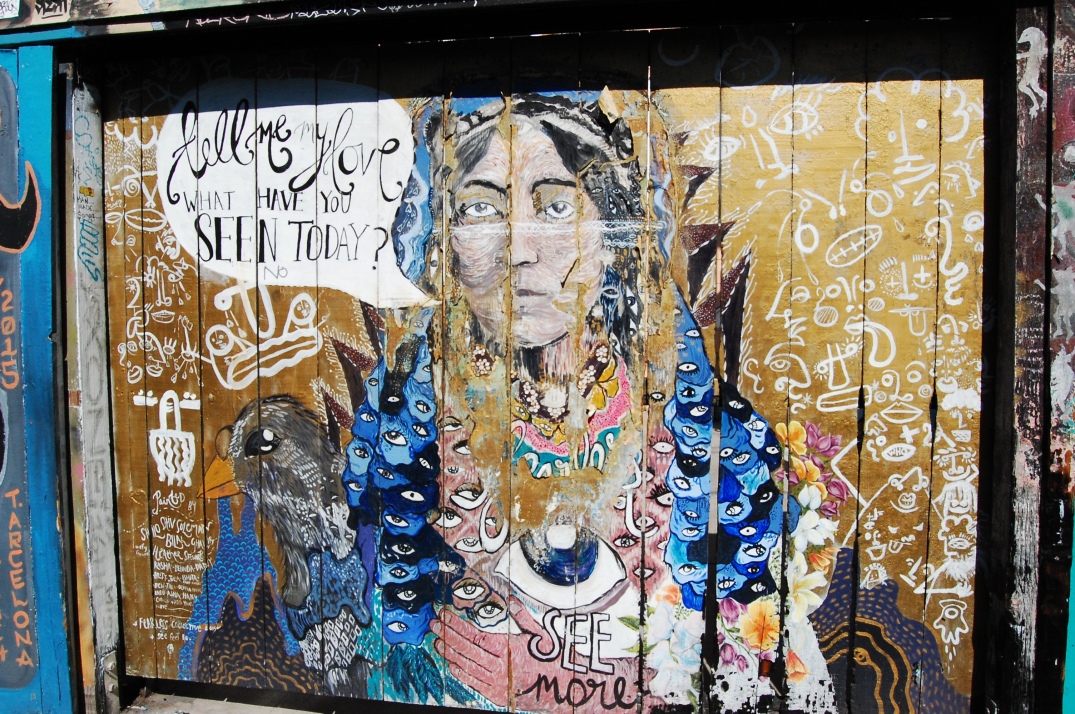
The exciting and ‘flashy’ side of my YAGM year may be over in Mexico, but the work continues now more than ever right here in Wisconsin. I challenge us to stop running from the places we come from, from the people who challenge us and frustrate us, and from debating our way through every conversation. We’ve got to get to the root of this and actually confront what is going on before anything can really truly change in this country. If you’d like to talk, I’m here to listen.

